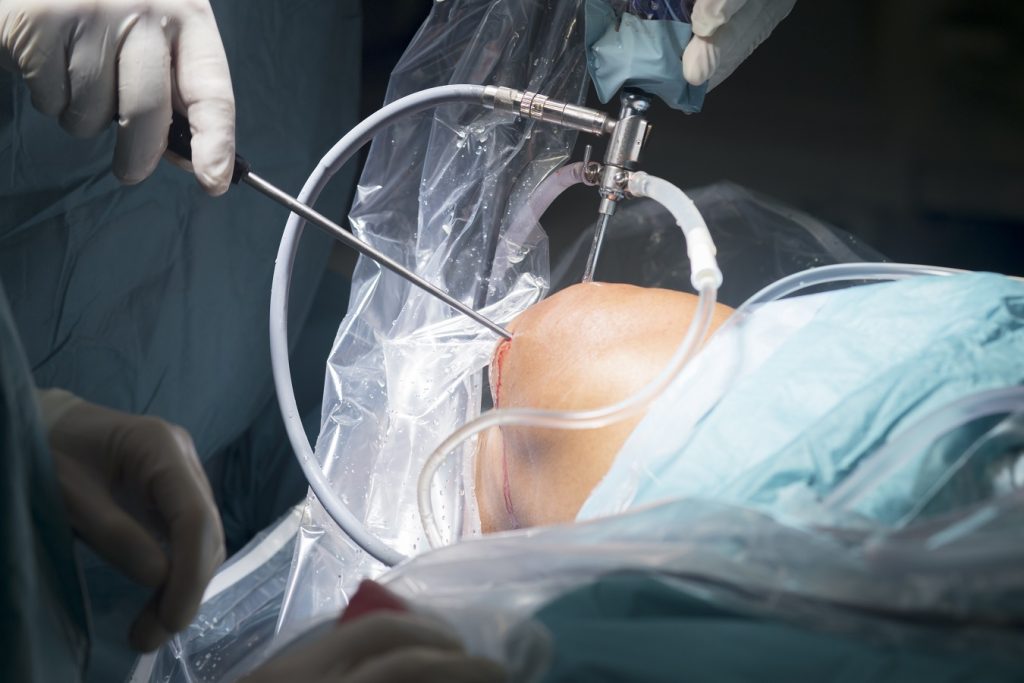Knee Arthroscopy is a minimally invasive surgical procedure used to diagnose and treat problems inside the knee joint. Understanding what to expect before, during, and after the procedure can help you prepare and recover more effectively.
What is Knee Arthroscopy?
Knee arthroscopy involves inserting a small camera called an arthroscope into the knee joint through a small incision. This allows the surgeon to see inside the knee on a video monitor and perform necessary treatments. For more details, check out knee arthroscopy surgery.
Why You Might Need Knee Arthroscopy
Knee arthroscopy is often recommended for individuals experiencing knee pain, stiffness, or other symptoms that do not respond to non-surgical treatments. It is commonly used to diagnose and treat conditions such as torn meniscus, damaged cartilage, and loose bone fragments. For a closer look, you can read about joint preservation and management.
Before the Surgery
Preoperative Consultation
Before the surgery, you’ll have a consultation with your orthopedic surgeon to discuss your symptoms, medical history, and the details of the procedure. This is also a good time to ask any questions and address any concerns you may have.
Preparing for Surgery
Your surgeon will provide specific instructions on how to prepare for the surgery. This may include fasting, stopping certain medications, and arranging for someone to drive you home after the procedure.
During the Surgery
The Procedure
During knee arthroscopy, the surgeon makes a small incision and inserts the arthroscope into the knee joint. The camera on the arthroscope transmits images to a video monitor, allowing the surgeon to see inside the joint and guide the surgical instruments. Small instruments are used to treat the knee issues, such as removing damaged tissue or repairing tears. Dr. Vatsal Khetan’s expertise in arthroscopic surgeries can guide you through the process.
Anesthesia
Knee arthroscopy is usually performed under local, regional, or general anesthesia, depending on the complexity of the procedure and the patient’s preference. Your surgeon will discuss the best option for you.
After the Surgery
Postoperative Care
After the surgery, you will be taken to a recovery area where you will be monitored as the anesthesia wears off. You may experience some pain and swelling, which can be managed with medication and ice packs.
Recovery and Rehabilitation
Recovery from knee arthroscopy is typically quicker than traditional open surgery due to the smaller incisions. Patients usually experience less pain and a faster return to normal activities. Physical therapy is often recommended to restore knee strength and mobility. For more tips on managing post-surgical recovery, check out advanced chronic knee pain management.
Follow-Up Appointments
It’s essential to attend follow-up appointments with your orthopedic surgeon to monitor your progress and address any concerns. Dr. Vatsal Khetan’s guidance on sports medicine can help you navigate the recovery process.
Long-Term Outcomes
Most patients experience significant improvement in knee function and pain relief after knee arthroscopy. However, it’s important to follow your rehabilitation program diligently to achieve the best results.
Connect with Us
Follow us on social media for the latest updates:
Contact Information
Name: Dr. Vatsal Khetan Address: SK Pandey Complex, Betiahata Rd, beside Union Bank, Betiahata, Gorakhpur, Uttar Pradesh 273001 Phone: +91-9662 365 917

